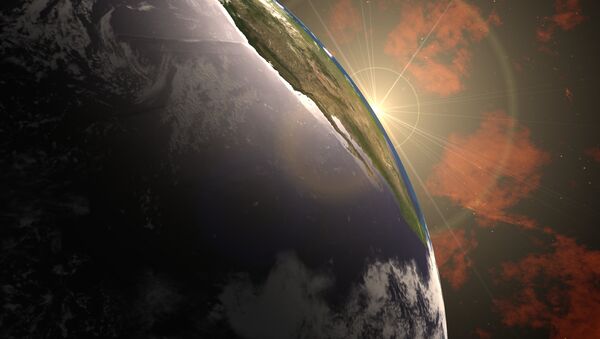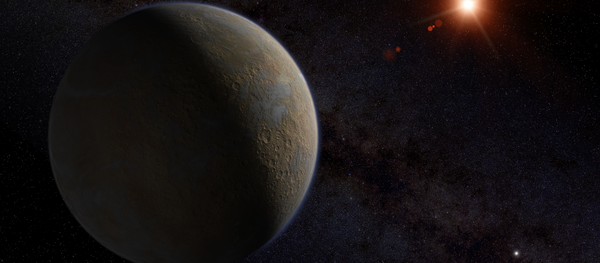The theory may be a grim prediction of humanity’s fate. Additionally, the findings suggest that the search for extraterrestrial life will be more complicated than we expected, as it appears from a study made by a group of researchers from the University of Washington (UW) in Seattle led by Michael Kipp.
“The recognition of an interval in Earth’s distant past that may have had near-modern oxygen levels, but far different biological inhabitants, could mean that the remote detection of an oxygen-rich world is not necessarily proof of a complex biosphere,” Michael Kipp said as quoted by a press release on the UW's website.
Earth is thought to have begun to develop its modern, oxygen-rich atmosphere as recently as 800 million years ago. This is roughly when biologically complex, oxygen-breathing animals first appear in the fossil record, leading many to suggest that animal life was made possible by the rise in atmospheric oxygen.
Before 800 million years ago, the Earth had a very oxygen-poor atmosphere. One 2014 estimates suggests there may have been as little as 0.1 per cent of the present oxygen level.
But then it briefly and mysteriously gained an oxygen-rich atmosphere as the result of so-called Lomagundi Event, sometimes referred to as the ‘oxygen catastrophe’ or ‘great oxidation,’ when the oxygen level reached a high peak in the ocean between 2.3 and 2.1 billion years ago, but then dropped again for some inexplicable reason.
This Lomagundi Event could have provided a fleeting opportunity for complex, animal-like creatures to evolve billions of years before our ancestors appeared on the planet, but became totally extinct when oxygen was gone again, which might be a grim prediction of humanity’s fate.
In a bid to get a better idea of the oxygen levels during the Lomagundi Event, the scientists Kipp decided to analyze selenium in rocks formed on the ocean floor during the interval when the event occurred.
Selenium is released when rocks on land erode in the presence of oxygen and are metabolized by microbes in the ocean. Its abundances in Lomagundi rocks hints that the amount of organic carbon buried in the deep ocean suddenly spiked, the team wrote in the journal PNAS (Proceedings of the National Academy of Sciences).
So far, however, it appears there was little response: although there are hints that life became more complex during the Lomagundi Event, there is no really convincing evidence. For now, the only evidence we have is that large colonial organisms – or bacteria – were present.
“But that doesn’t mean that those organisms didn’t exist,” says Kipp. “With paleontology, it’s difficult to argue that absence of evidence is evidence of absence,” Kipp told the journal New Scientist.
“The take-home message is that the oxygen level was high enough to support eukaryotic life and, by some arguments, maybe even animal life,” Timothy Lyons at the University of California Riverside, who collaborated with the research team, explained.
Never miss a story again — sign up to our Telegram channel and we'll keep you up to speed!






